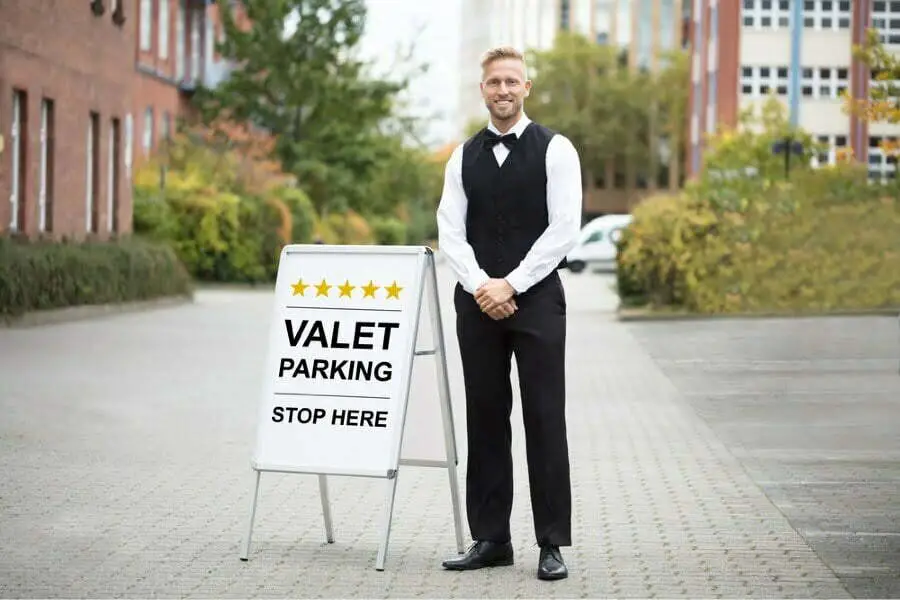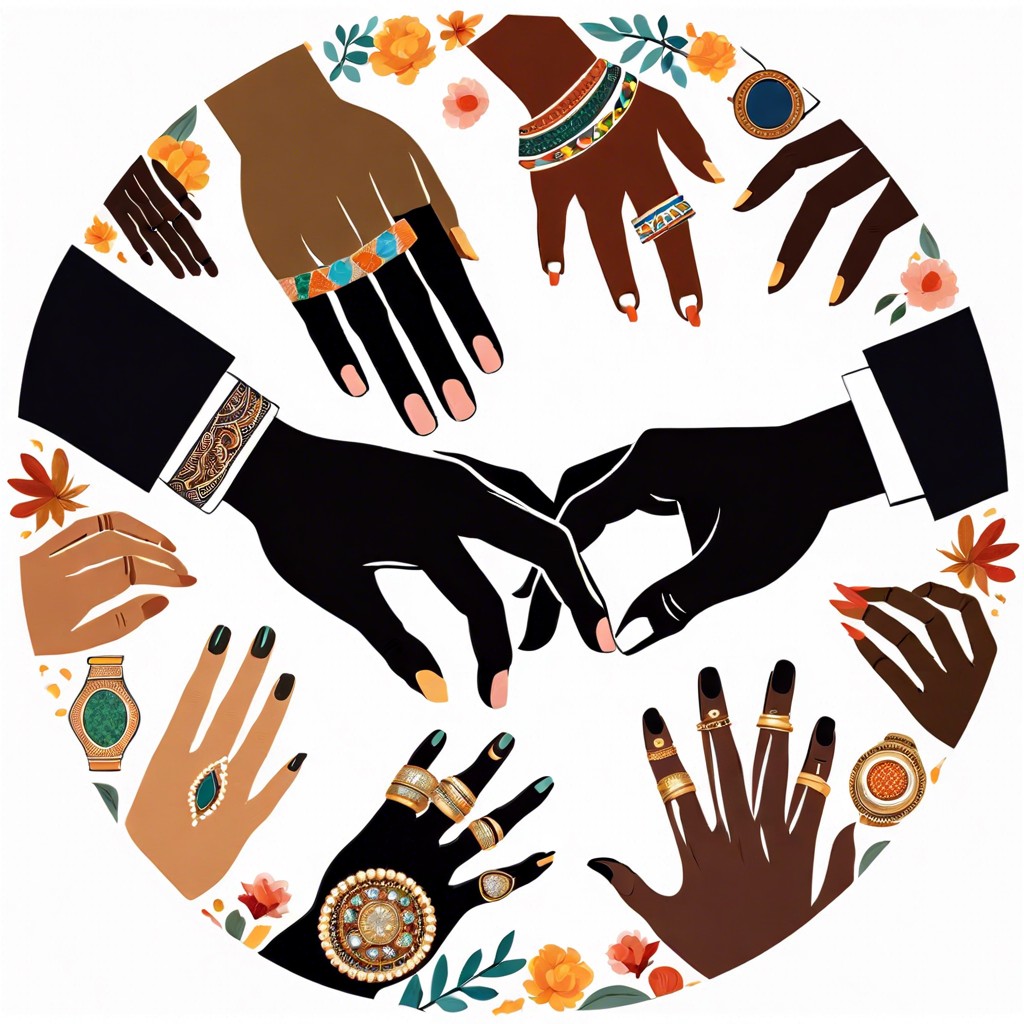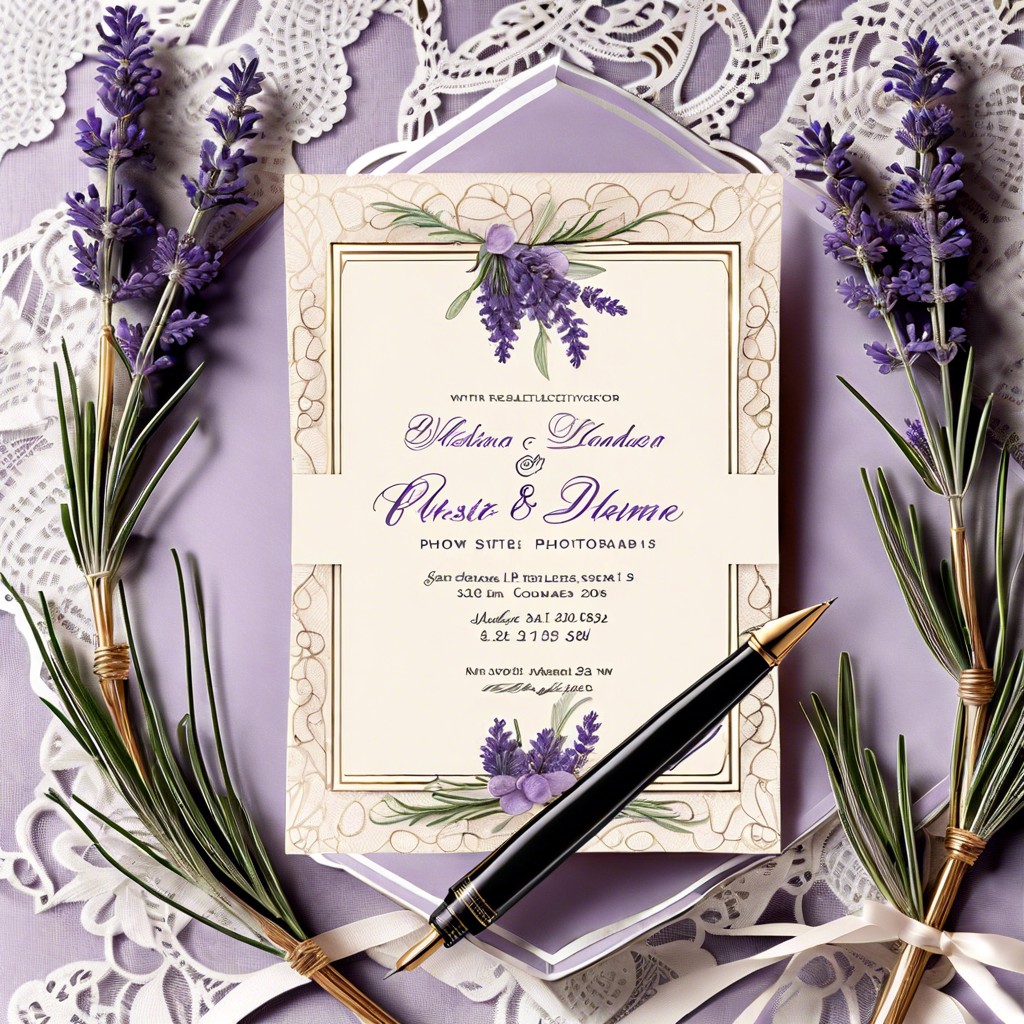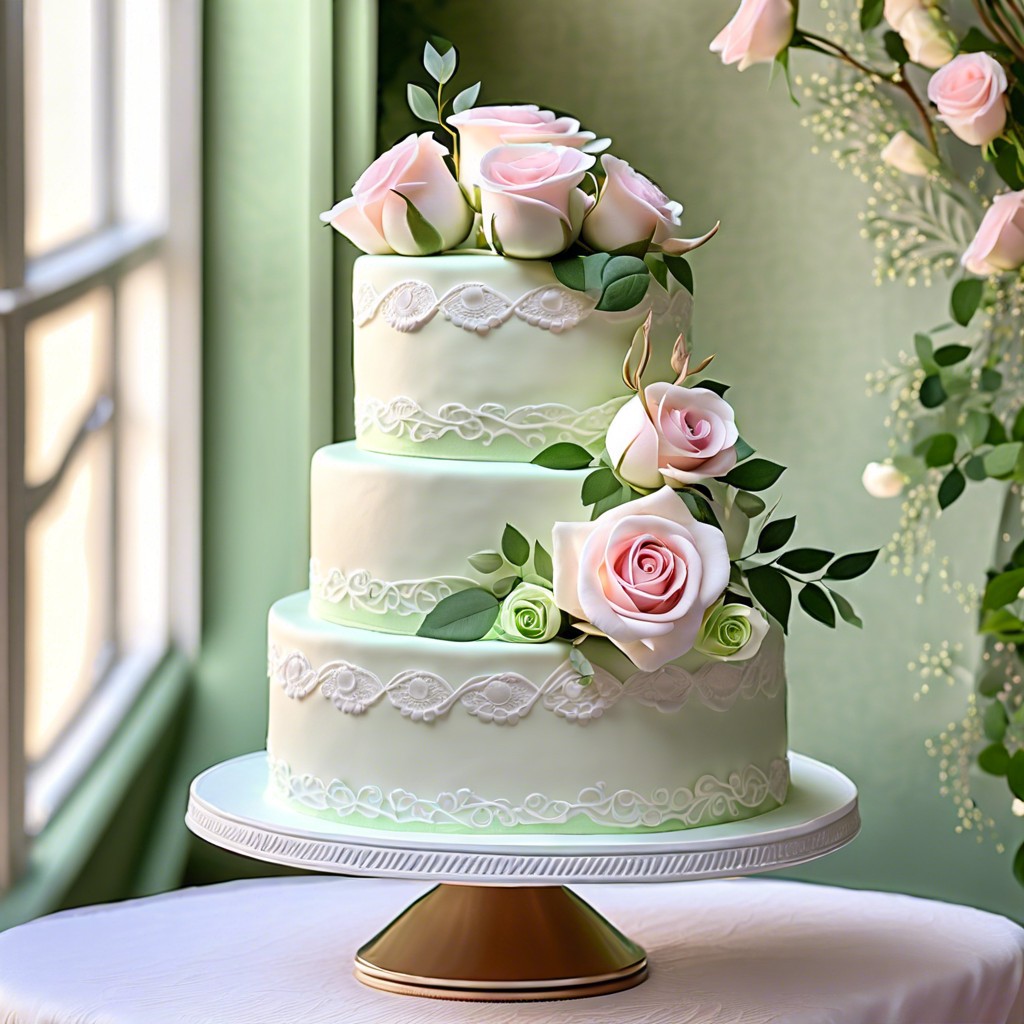Signage and directional elements necessary for an outdoor wedding include welcome signs, directional arrows, seating charts, maps of the venue layout, and signs indicating restrooms and other vital locations.
Outdoor weddings can be a beautiful and memorable celebration of your special day. However, planning for an outdoor wedding requires careful consideration of the environment and the guests attending.
A critical aspect of this is ensuring adequate signage and directional elements are in place to help guide guests through the event. In this blog post, we’ll explore what signage and directional elements are necessary for an outdoor wedding to ensure a successful event.
Key takeaways:
- Signage includes welcome signs, directional arrows, seating charts, maps, and restroom signs.
- Signage should be visible, durable, and weatherproof.
- Signage should provide clear directions to parking, ceremony and reception locations, restrooms, and other activities.
- Font and colors should be easily readable and stand out against the outdoor backdrop.
- Signage should be strategically placed and positioned for optimal visibility.
Signage for Parking

It helps guests find their way to the event and ensures that cars are parked safely and orderly. Signs should be placed at all entrances to the venue and along roads leading up to it so that guests can quickly identify where they need to go.
The signs should indicate which direction leads to parking and include arrows or other directional symbols if necessary. Signs should be large enough for drivers to read from a distance and brightly colored for maximum visibility.
The signs must be durable enough to withstand weather conditions like wind or rain.
Directional Arrows
They help guests find their way around the venue and ensure everyone can get where they need to go. Directional arrows can be placed on signs, banners, or the ground with chalk or paint.
The arrows should point toward essential locations such as the ceremony site, reception area, restrooms, parking lot, etc. Including a venue, the map is also helpful so guests can quickly orient themselves and find their way around without getting lost.
Signs Indicating Ceremony and Reception Locations
These signs should be visible to guests, so they can easily find their way around the venue. The signs should include the names of both the ceremony and reception locations and directions on how to get there.
They should also include a map or diagram that shows where each location is about another. It is helpful to have arrows pointing in the direction of each location for those who may not be familiar with the area.
Signs should be placed strategically throughout the venue so guests can easily spot them from a distance and follow them accordingly.
Welcome Sign
It serves to greet guests and direct them to the ceremony or reception area. The sign should be large enough to be seen from a distance, and it should include the bride and groom’s names and any other pertinent information such as date, time, location, etc.
The sign’s design can vary depending on personal preference; however, it should be made of durable materials that can withstand weather conditions like rain or wind. If possible, it is helpful to have arrows pointing in the direction of where guests need to go so they don’t get lost along the way.
Seating Chart Sign
It helps guests find their assigned seats quickly and easily without having to ask the bride or groom where they should sit. The sign should be large enough to be seen from a distance and clearly labeled with the names of each table and its corresponding seat numbers.
It should also include arrows or other visual cues that point guests in the right direction. It’s helpful to have a staff member nearby who can answer any questions about seating arrangements.
Restroom Signs
They provide guests with clear directions to the restroom facilities, ensuring everyone can find them quickly and easily. Restroom signs should be placed in prominent locations throughout the event area, such as near entrances or exits, so they are easy to spot.
The signage should also clearly indicate which gender each restroom is for and any other relevant information, such as wheelchair accessibility or family restrooms. It is helpful to include arrows pointing toward the restrooms on directional signage around the event area so that guests can quickly locate them, even if they don’t see a specific restroom sign immediately.
Directional Signage for Other Wedding-related Activities
It helps guests find their way to the ceremony, reception, and other activities such as photo booths and games. Directional signage should be visible from a distance so guests can quickly locate the desired destination.
Signs should include arrows or other symbols that indicate direction and words or phrases that describe the activity (e.g., “Photobooth”). Signs should be placed strategically throughout the venue to ensure maximum visibility for all guests.
Directional signage should be designed with weather-resistant materials to remain intact during inclement weather conditions.
Exit Signs
They provide guests with a straightforward way to find their way out of the venue in case of emergency or when it is time to leave. Exit signs should be placed in prominent locations throughout the venue, such as near entrances and exits, so all guests can easily see them.
The signs should also include arrows pointing towards the exit and a bright color or light that stands out from other decorations at the event. It is essential to ensure enough exit signs for everyone attending the wedding so that no one gets lost or confused about where they need to go.
Tips for Making Your Wedding Signage Weatherproof
When planning an outdoor wedding, it’s crucial to consider the weather and how it may affect your signage. To ensure that your wedding signs remain intact and readable throughout the event, here are some tips for making them weatherproof:
1. Choose durable materials: Opt for materials that can withstand various weather conditions such as rain, wind, or intense sunlight.
Materials like acrylic, PVC board, or metal are excellent choices as they are sturdy and resistant to water damage.
2. Waterproofing techniques: Apply a waterproof sealant or laminate on paper-based signs to protect them from moisture.
This will prevent ink smudging or colors bleeding due to rain showers.
3. Consider UV protection: If you’re using printed signs with vibrant colors outdoors, make sure they have UV protection coating applied beforehand so that prolonged exposure to sunlight doesn’t fade their appearance over time.
4. Secure sign placement: Ensure all signage is securely fastened in place using stakes or weights if necessary – this will help prevent them from being blown away by strong winds during the ceremony.
Selecting Appropriate Font and Colors for Outdoor Wedding Signage
First and foremost, you want your signs to be easily readable from a distance. Opt for fonts that are clear, bold, and legible even from afar.
Avoid overly decorative or script fonts that may be difficult to read quickly.
In terms of colors, choose hues that will stand out against the backdrop of your outdoor venue. Consider the natural surroundings and select contrasting colors that will catch people’s attention without blending into the environment.
Keep in mind any theme or color scheme you have chosen for your wedding when selecting font and color combinations for signage. Consistency in design elements can help tie everything together beautifully.
Remember that simplicity is key when it comes to outdoor wedding signage – avoid using too many different fonts or overwhelming designs as they can distract from the message you’re trying to convey on each sign.
Positioning and Visibility Considerations for Outdoor Wedding Signage
After all, you want your guests to easily find their way around and not miss any important information.
Firstly, think about where you will place your signs. It’s crucial to position them at key points throughout the venue so that they are easily visible from various angles.
Consider placing signs near entrances, parking areas, restrooms, and other high-traffic areas.
Secondly, take into account the height of your signage. Make sure they are positioned at eye level or slightly above for optimal visibility.
If possible, use freestanding sign holders or stakes to elevate them even further.
Create Distinctive Style With Thematic Wedding Signage
By incorporating elements that reflect your chosen theme, you can create a cohesive and visually appealing atmosphere for your guests. Whether you’re going for a rustic, bohemian, beachy, or vintage vibe, there are endless possibilities to infuse thematic elements into your signage.
Consider using materials such as reclaimed wood or chalkboards for a rustic feel. You could also incorporate natural elements like flowers or greenery to enhance the overall aesthetic.
For beach-themed weddings, seashells and driftwood can be used as decorative accents on signs.
In addition to materials and decorations, font styles and colors play an important role in creating thematic signage. Choose fonts that align with the overall theme of your wedding – elegant scripts work well for vintage-inspired weddings while bold sans-serif fonts may suit modern themes better.
To tie everything together seamlessly, ensure consistency in design across all signs at the venue – from directional arrows pointing towards different areas (such as ceremony site or reception area) to welcome signs at the entrance.
Importance of Accessibility Information On Outdoor Wedding Signs
Including clear and concise accessibility information on your outdoor wedding signs is essential for ensuring that all attendees can navigate the event comfortably. This information should include details about wheelchair access, accessible parking areas, and any potential obstacles or uneven terrain that guests may encounter.
By providing this important information upfront, you can help create a more inclusive and enjoyable experience for everyone attending your special day.
FAQ
How do you shade an outdoor wedding?
Shading an outdoor wedding can be effectively achieved through the use of sun umbrellas or parasols, or by utilizing natural shade resources such as trees.
What are the best methods to weatherproof an outdoor wedding?
The best methods to weatherproof an outdoor wedding include selecting a weather-appropriate wedding date, renting a wedding tent or marquee, providing weather essentials like umbrellas or blankets for guests, considering the type of food and drinks served, and having a backup indoor venue.
How can you incorporate natural elements into the wedding decor for an outdoor ceremony?
Incorporating natural elements into an outdoor wedding ceremony decor can be achieved by using flora and fauna from the surrounding area, like flowers, twigs, seashells, and stones, to create centerpieces, archways, and aisle runners.
What types of flowers are best suited for an outdoor wedding?
Roses, peonies, lilies, hydrangeas, and sunflowers are suitable flowers for an outdoor wedding due to their durability and wide range of colors.



